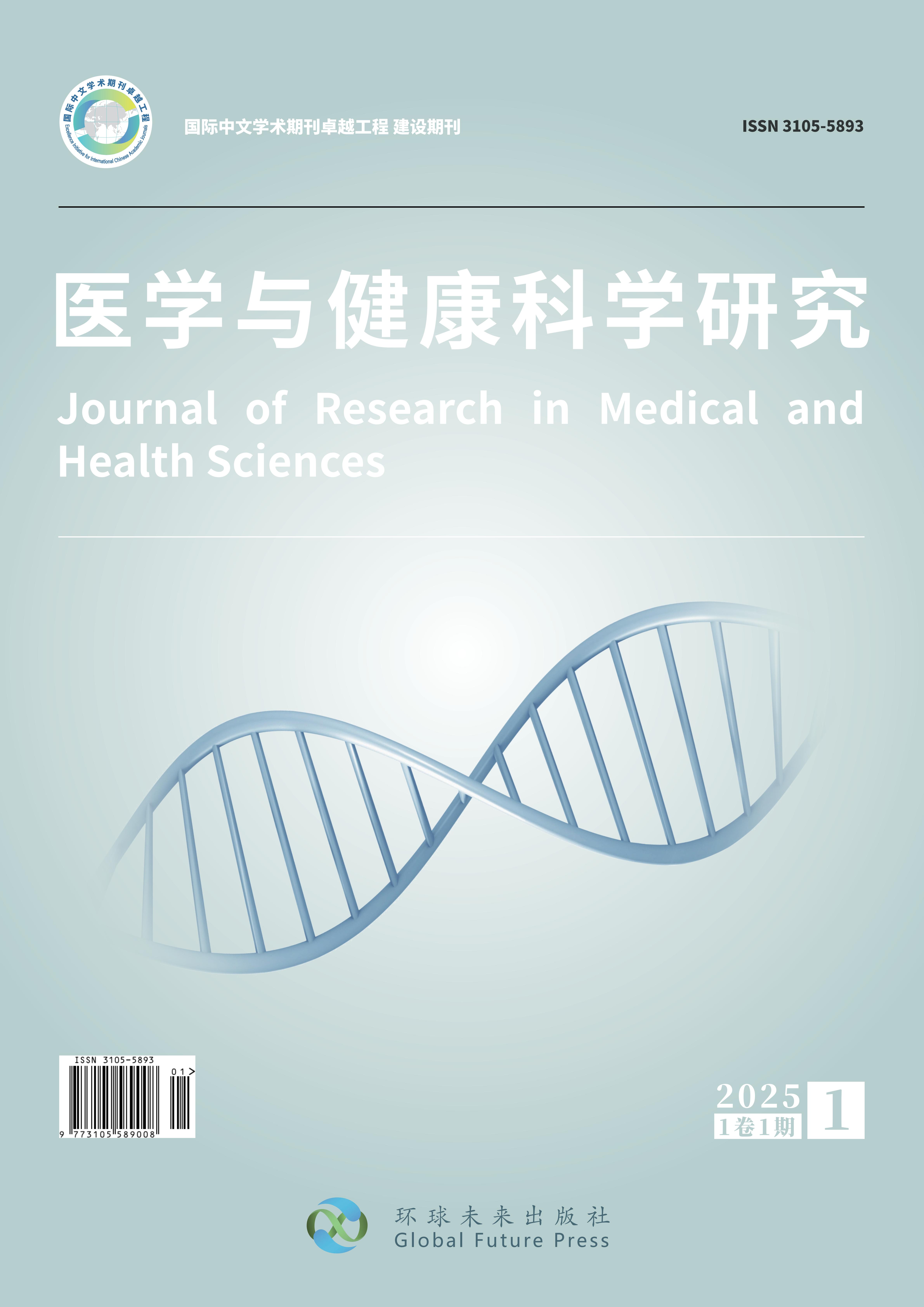Analysis of False-Positive Causes in AI-Assisted Cervical CytologyHE Xiaopeng*, LIU Minglei , LIU Hongyue, LI Xiaoxin, SU Ce
DOI:
https://doi.org/10.65196/nwazbp33Keywords:
artificial intelligence, false positive, liquid-based thin-layer cytologyAbstract
Objective,To evaluate the application value of a computer-aided diagnostic (CAD) system for cervical cytology in screening for cervical lesions, to analyze the mechanisms underlying false-positive results, and to propose optimization strategies.Methods,A total of 11,594 liquid-based thin-layer cervical cytology slides collected at Luancheng People’s Hospital of Shijiazhuang from 2018 to 2023 were analyzed using the CR-SA3 cervical cytology CAD system developed by Hunan Pinxin Bioengineering Co., Ltd. A result of atypical squamous cells of undetermined significance (ASC-US) or higher was considered positive. Diagnostic outputs from the AI system were compared with cytopathologist interpretations to calculate concordance, sensitivity, specificity, and predictive values; histopathology served as the gold standard for validation.Results,Among 8,793 qualified slides, the AI system flagged 2,330 as positive. Compared with pathologist diagnoses, there were 1,547 true positives, 783 false positives, and 0 false negatives. The overall concordance of the AI system was 91.10%, with a sensitivity of 100%, specificity of 89.19%, positive predictive value of 66.39%, and negative predictive value of 100%. AI-assisted reading was markedly more efficient than manual review, requiring an average of 70 seconds per slide and saving 708.32 hours in total. The system demonstrated relatively low specificity for benign conditions such as inflammation. Principal causes of false positives included slide preparation variability, uneven staining, inflammatory interference, the inherently subjective nature of ASC-US interpretation, and algorithmic limitations.Conclusions,The AI-assisted system exhibits high sensitivity and efficiency for primary screening in cervical cytology, effectively reducing the risk of missed diagnoses and substantially alleviating pathologists’ workload. However, limitations remain in the precise classification of cellular lesions, with a comparatively high false-positive rate. Reducing false positives will require coordinated, multi-step optimization across the diagnostic workflow.

